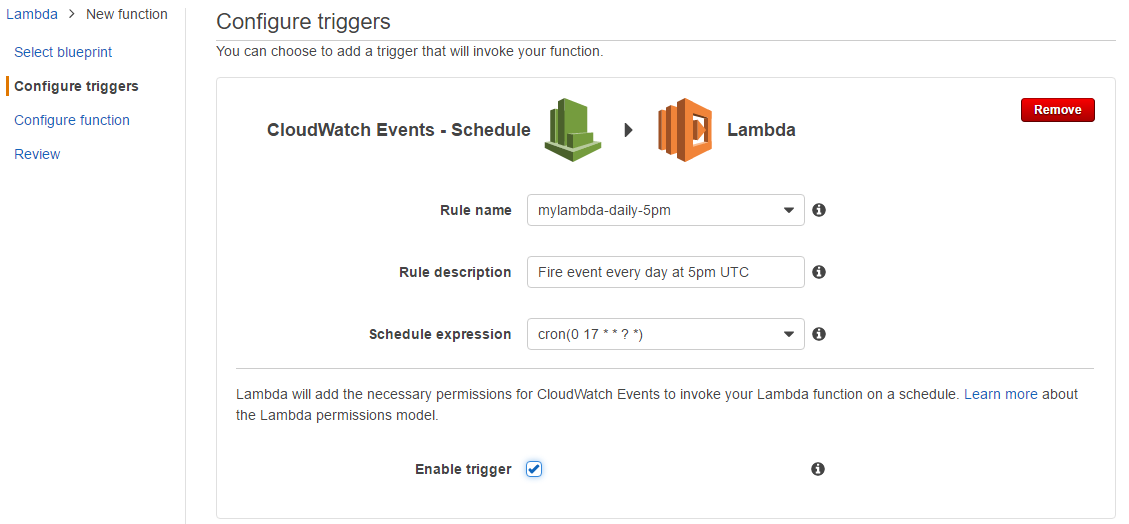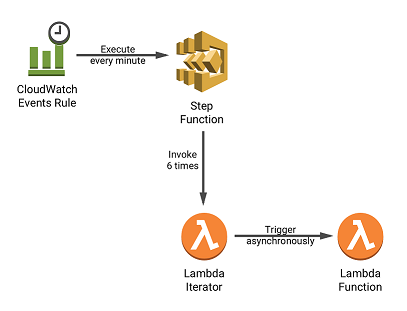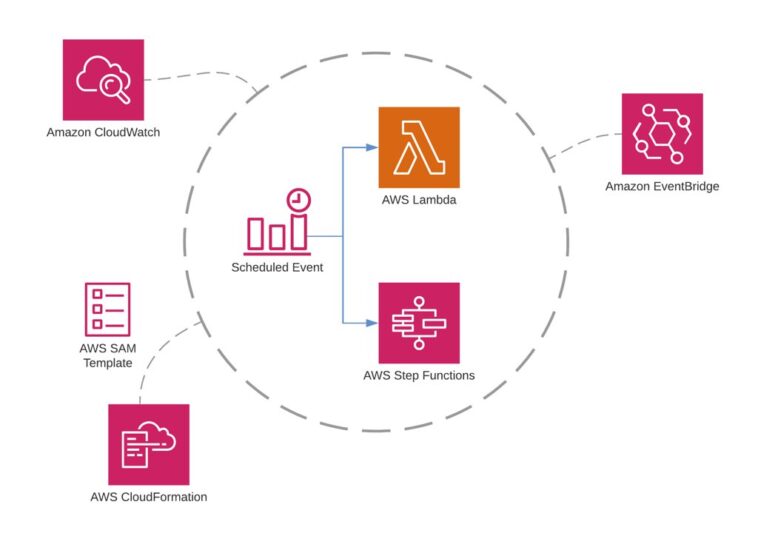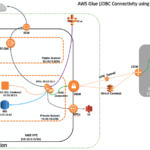Are you looking to automate your cloud-based operations with AWS Lambda? If so, you should know that AWS Lambda can be easily scheduled to run at regular intervals. Scheduling Lambda functions can be a great way to streamline your operations, saving you time and money in the process. In this article, we’ll explore how to schedule Lambda functions and the benefits that come with it.
What is AWS Lambda and How Does it Work?

AWS Lambda is an Amazon Web Services (AWS) compute service that lets you run code without provisioning or managing servers. With Lambda, you can run code for virtually any type of application or backend service – all with zero administration. You upload your code and Lambda takes care of everything required to run and scale your code with high availability. AWS Lambda automatically scales your application by running code in response to each trigger. Your code runs in parallel and processes each trigger individually, scaling precisely with the size of the workload. It also manages the compute resources across multiple availability zones, so you don’t have to. With Lambda, you can run code for virtually any type of application or backend service – all with zero administration. Whether you’re creating a backend for a mobile application, a web application, or an Alexa skill, Lambda makes it easy to build and run serverless applications. Plus, you can easily schedule your code to run at predetermined times and intervals, making it ideal for recurring tasks like daily report generation. So, if you’re looking for a convenient and cost-effective way to run code without managing servers, AWS Lambda is the perfect solution.
Benefits of AWS Lambda Scheduling

.Scheduling AWS Lambda functions can be an incredibly useful tool for streamlining your workflow. With the ability to automate tasks like sending out emails, backups, or notifications in a timely and consistent manner, it can free up time to focus on other tasks. The benefits of AWS Lambda scheduling are numerous, as you can save money and time by taking advantage of the scalability and reliability of AWS Lambda. Furthermore, it’s incredibly easy to set up and manage, meaning you don’t have to worry about having to understand complicated coding or server-side configurations. As a result, you can rest assured that your scheduled functions will run smoothly and on time. With the power of AWS Lambda scheduler, you can take control of your automated tasks and save time and money in the process.
How to Set Up AWS Lambda Scheduling

Setting up AWS Lambda Scheduling is super easy and can be done in no time. All you need to do is define the events that trigger the Lambda function and configure the schedule. You can also set up a cron expression to define the recurrence pattern for when the Lambda function should be executed. Once you’ve got the schedule set up, you can be sure that your Lambda function will run regularly and reliably, freeing you from having to manually execute it. With AWS Lambda Scheduling, you can create automated processes and systems that run on a predefined schedule, allowing you to take control of your cloud environment and keep it running exactly the way you want.
Common Use Cases for Scheduling with AWS Lambda

Scheduling with AWS Lambda is a great way to automate tasks without doing any extra work. With Lambda, you can set up your own rules for when a task should run. This makes it easy to have tasks run at specific times, or even on a recurring basis. Common use cases for AWS Lambda scheduling include running daily reports, performing routine maintenance tasks, and running a backup job at a specific time. Scheduling with AWS Lambda is a great way to save time, energy, and money by automating those mundane tasks that would otherwise take up valuable time. With Lambda, you don’t have to worry about manually setting up and running these tasks, allowing you to focus on more important things.
Best Practices for Scheduling with AWS Lambda

Scheduling with AWS Lambda can be a great way to keep your business running smoothly and cost-effectively. When using AWS Lambda for scheduling, the best practices to follow are to keep your functions simple and focus on scalability. Make sure to keep track of your function’s performance, as well as its memory and time usage, to ensure that your functions are running efficiently. Additionally, set up proper monitoring so that you can be alerted if anything is out of the ordinary. Finally, make sure to plan ahead and use the right AWS Lambda services to fulfill your scheduling needs. Following these best practices can help you to maximize the efficiency of your AWS Lambda scheduling and keep your business running smoothly.





GIPHY App Key not set. Please check settings